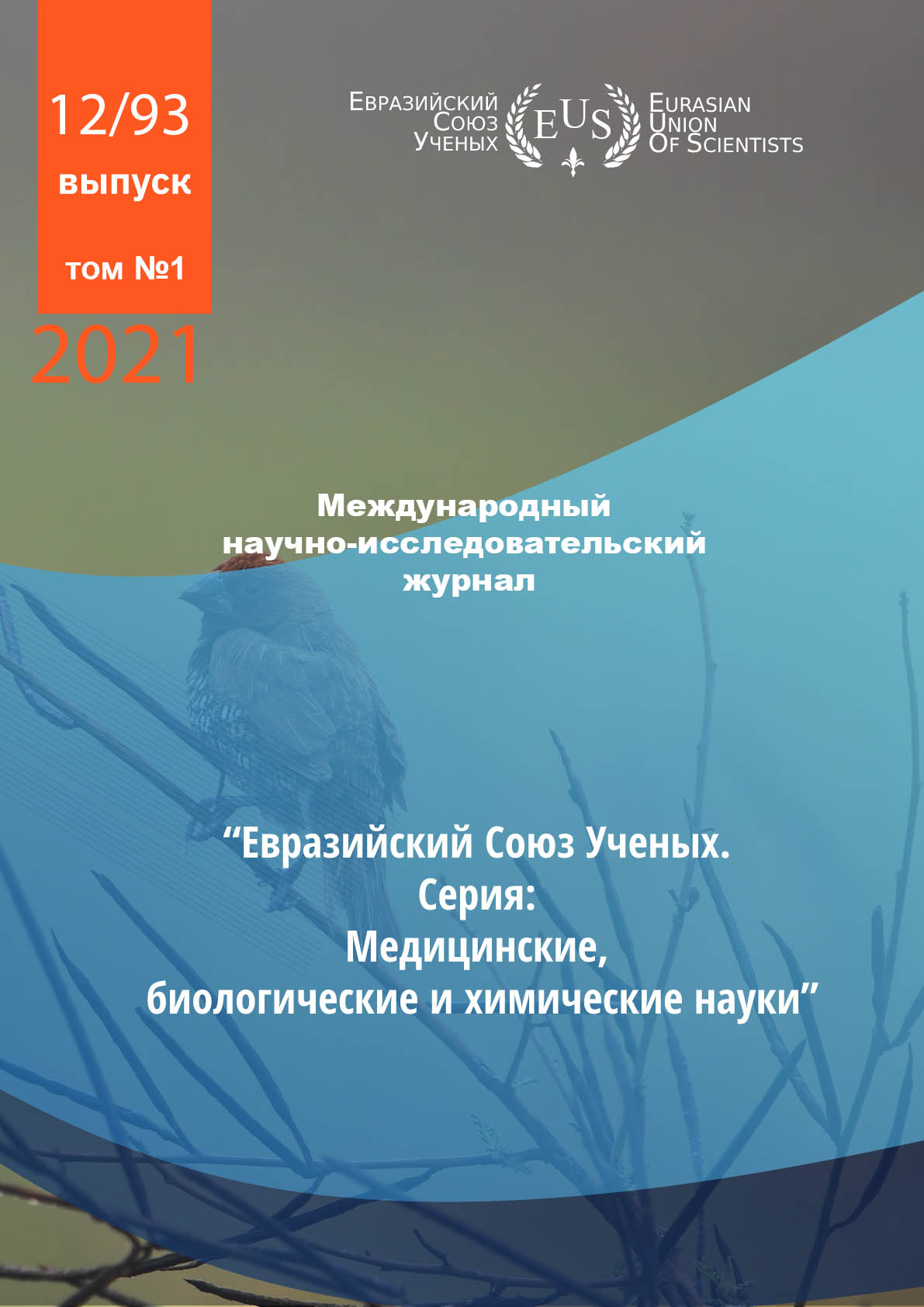COMPREHENSIVE TREATMENT OF PATIENTS WITH EXTENSIVE DEEP BURNS LOWER LIMBS
Abstract
The use of immobilized enzymes is one of the important directions of modern combinatology. Under our supervision were 43 patients (17 women, 26 men) aged between 16 and 64 with degree III-IV burn wounds on a total area of 3 to 28% of the body surface. The immobilized proteolytic enzymes (trypsine, chemotripsine, etc.) used by us in combination with 10% solution of urea and metal complexes immobilised on a textile carrier, made it possible to accelerate the rejection of necrotic masses, to stimulate cleaning of burn wounds, Prepare the wounds quickly for rapid closure and reduction of post-burn contractures and deformities.
References
2. Aminev A. V. Reabilitacija detej s ogranichennymi dermal'nymi i glubokimi ozhogami v oblasti krupnyh sustavov konechnostej. // atoref. diss. kand. med. nauk. – Nizhnij Novgorod. 2000. S. 23.
3. Voloshhenko K.A., Akopjan S.R., Berezenko E.A. i dr. Profilaktika rannih oslozhnenij pri hirurgicheskom lechenii glubokih cirkuljarnyh ozhogov konechnostej // Nizhegorodskij medicinskij zhurnal (Mat. VIII Vserossijskoj nauchno-prakt. konf. s mezhd. uchastiem «Problemy lechenija tjazheloj termicheskoj travmy», 22–24 sentjabrja 2004 g., g. N-Novgorod). – 2004. – 26 S. 143–144
4. Dmitriev D. G., Vorob'ev A. V., Vilkov S. A. i dr. Pokazanija i protivopokazanija k rannim nekrjektomijam u obozhzhennyh s odnomomentnoj ili otsrochennoj kozhnoj plastikoj. // Nizhegorodskij medicinskij zhurnal. Prilozhenie «Problemy lechenija tjazheloj termicheskoj travmy»: Materialy VIII Vserossijskoj konferencii. – Nizhnij Novgorod, 2004. S. 148.
5. Krylov K.M., Kozulin D.A., Krylov P.K. Strukturnyj analiz kontingenta ozhogovogo centra Sankt-Peterburga za 2001 god // Aktual'nye problemy termicheskoj travmy. Tez. dokl. mezhd. konf. SPb 2002; 60-61.
6. Boccara D., Chaouat M. et al. Retrospective analysis of photographic evaluation of burn depth // Burns. 2011. Vol. 37. №2. P. 69–73
7. Hendon D.N. Total burn care // 5nd edition, W.B. Saunders; 2017, p.860
8. Jeschke M, LP Kamolz, F Sjöberg, Handbook of burns. 2012, vol. 1: Acute burn care
CC BY-ND
A work licensed in this way allows the following:
1. The freedom to use and perform the work: The licensee must be allowed to make any use, private or public, of the work.
2. The freedom to study the work and apply the information: The licensee must be allowed to examine the work and to use the knowledge gained from the work in any way. The license may not, for example, restrict "reverse engineering."
2. The freedom to redistribute copies: Copies may be sold, swapped or given away for free, in the same form as the original.







